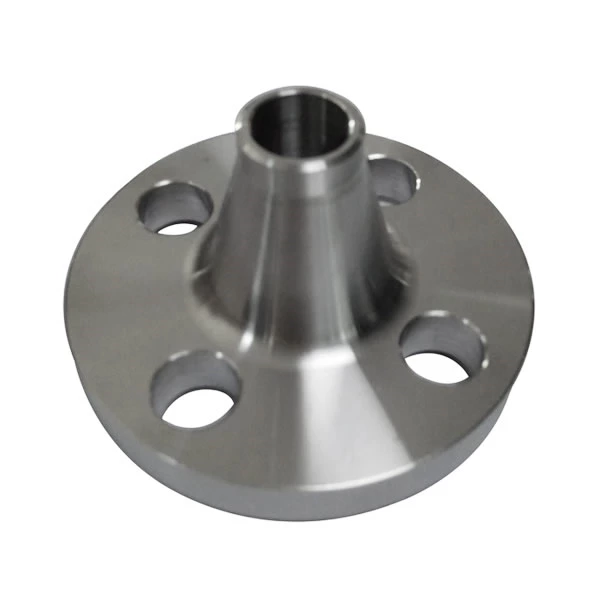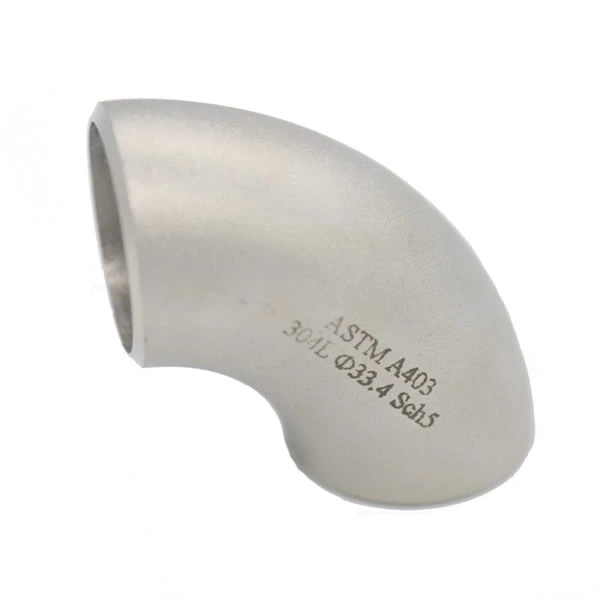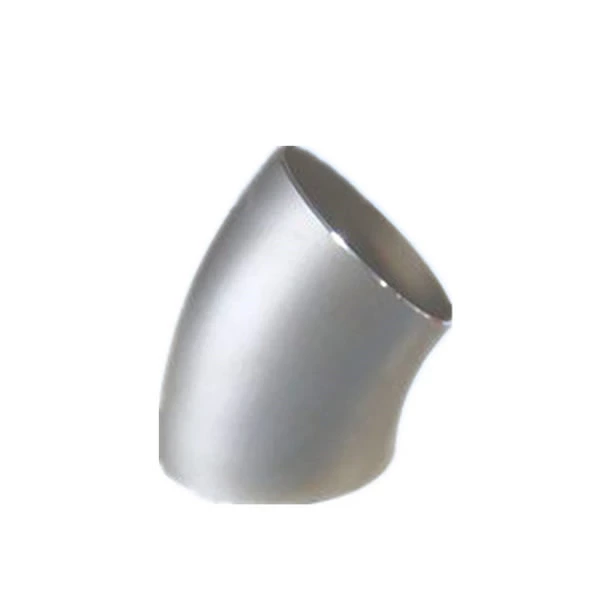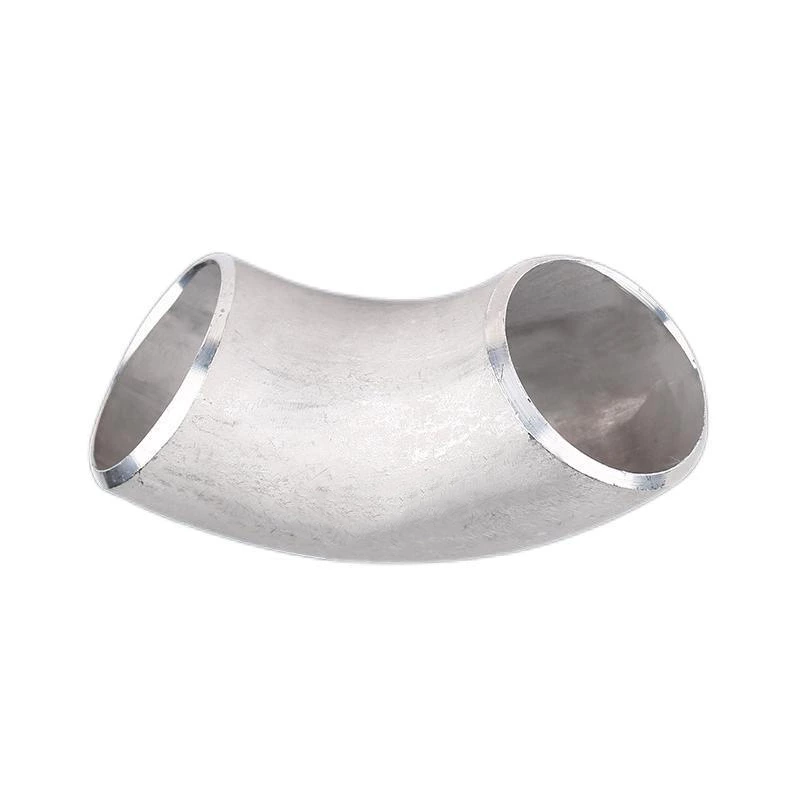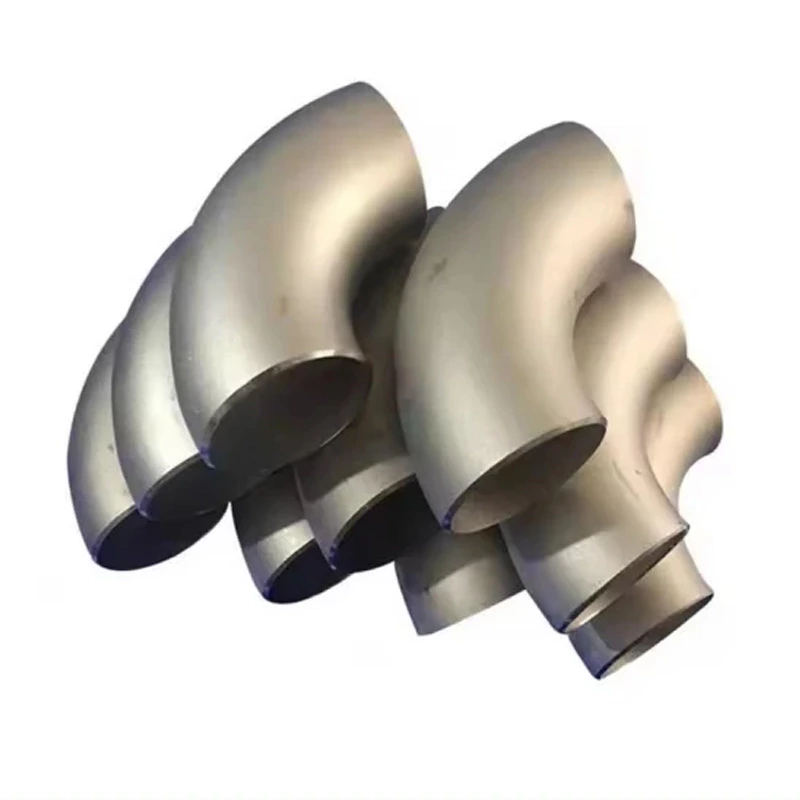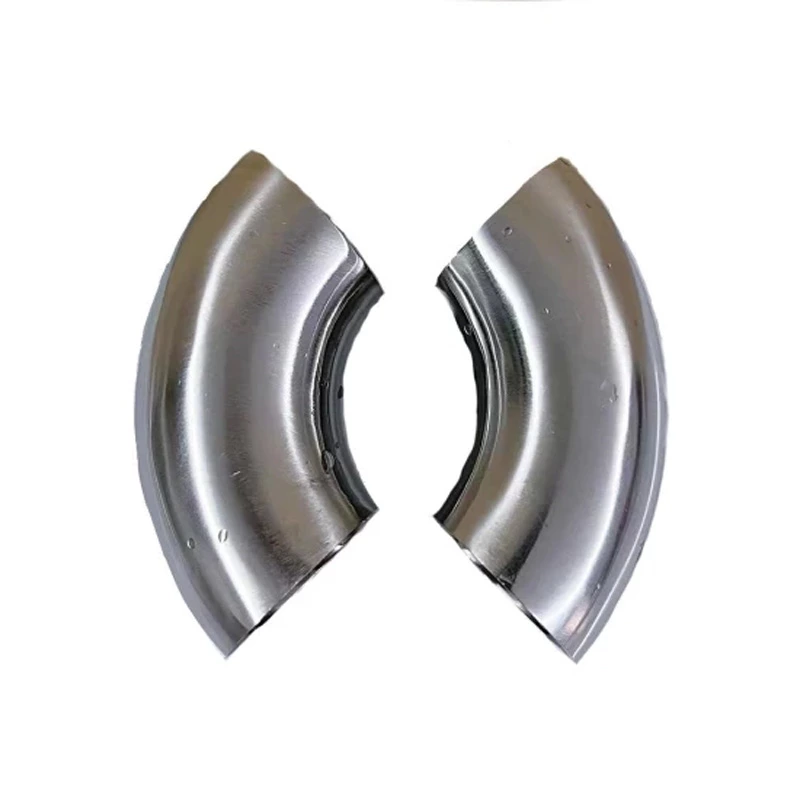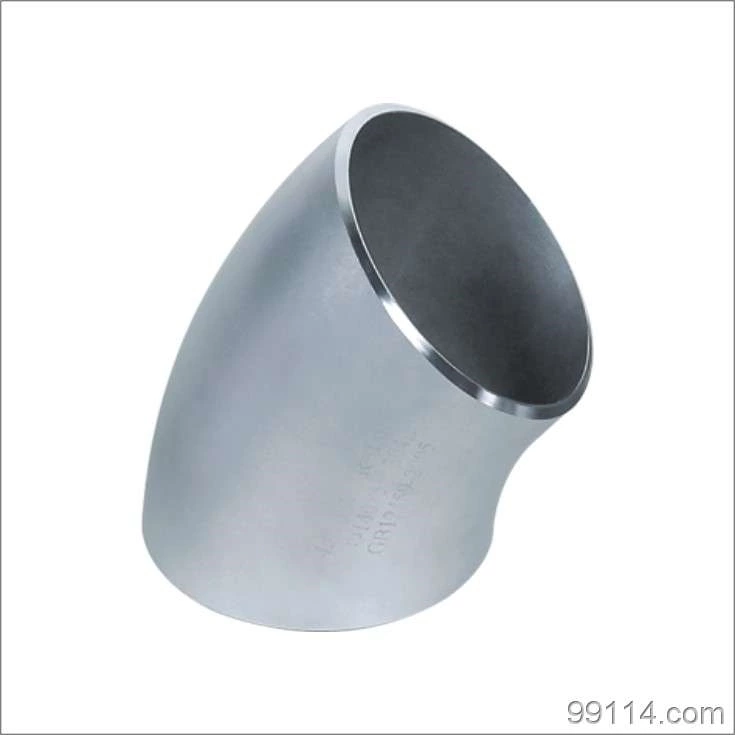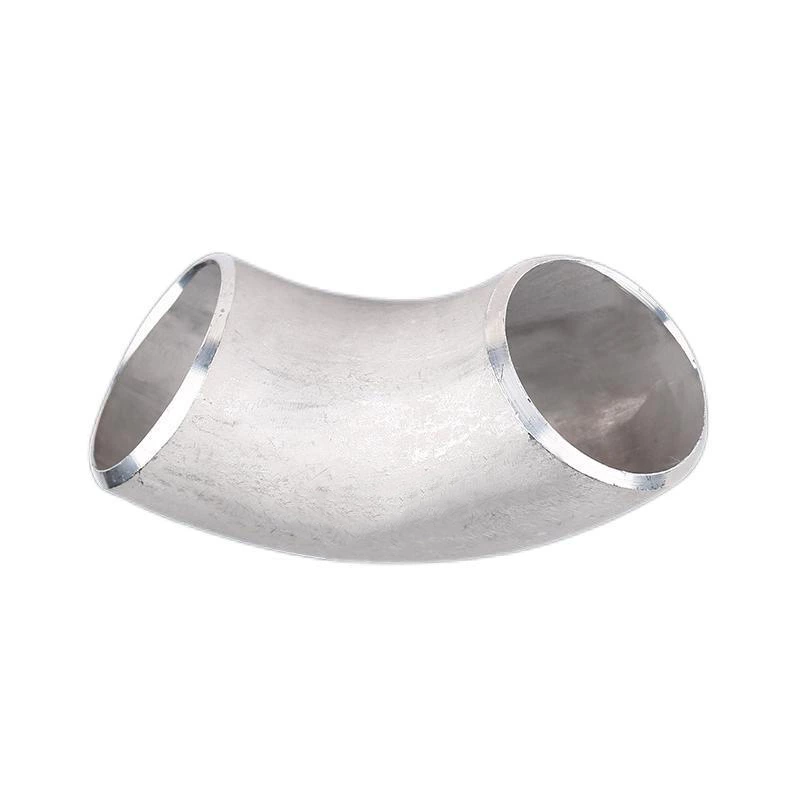Bending Performance And Characteristics Of Thin-walled Flat Elbows In Stainless Steel Pipe Fittings
Thin-wall elbows in stainless steel pipe fittings are a common pipe connection component, generally sanitary grade, and the grooves are generally flat, with excellent corrosion resistance and pressure resistance. It is widely used in pipeline systems in chemical, petroleum, natural gas, papermaking and other industries. The bending characteristics of stainless steel thin-wall elbows are introduced below.
Deformation characteristics of thin-wall elbows during bending:
Stainless Steel Weld Elbow The deformation that occurs during the bending process is mainly manifested in the following aspects:
First, the inner and outer diameter deformations produced during the bending process are small. Due to its thin-walled structure, the inner and outer diameters of stainless steel thin-wall elbows will change during the bending process. It has been verified in practice that the inner diameter deformation rate of stainless steel thin-wall elbows is usually controlled within 2%, and the outer diameter deformation rate is usually controlled within 4%.
Secondly, the cross-sectional shape changes during the bending process are small. Stainless steel thin-wall elbows are subjected to tensile and compressive forces during the bending process, causing their cross-sectional shape to change. However, due to the excellent performance of its material, the cross-sectional shape of stainless steel thin-wall elbows changes little, and can maintain a good fluid channel.
The wall thickness changes during the bending process are small. The wall thickness of the stainless steel thin-wall elbow will change during the bending process, but the range of change is relatively small. After process control, the wall thickness change of the stainless steel thin-wall elbow is usually controlled within 10%.
Stress distribution during bending:
During the bending process, the wall of the stainless steel thin-wall elbow is subjected to stress, and its stress distribution characteristics are as follows:
First, the stress concentration area generated during the bending process is 1.5 times the distance from the bending radius. The larger the bending radius of the stainless steel thin-wall elbow, the smaller the distance between the stress concentration area and the bending radius.
Second, the stress distribution during the bending process is symmetrical. During the bending process of the stainless steel thin-wall elbow, the stress distribution of the inner and outer diameters is symmetrical. This symmetrical feature can ensure the stability of the pipeline system and the smooth flow of the fluid channel.
The stress change rate generated during the bending process is large. During the bending process, the stainless steel thin-wall elbow has a large stress change rate due to the tensile force and compression force. In order to ensure the safe operation of the pipeline system, the stress during the bending process must be fully calculated and controlled.

